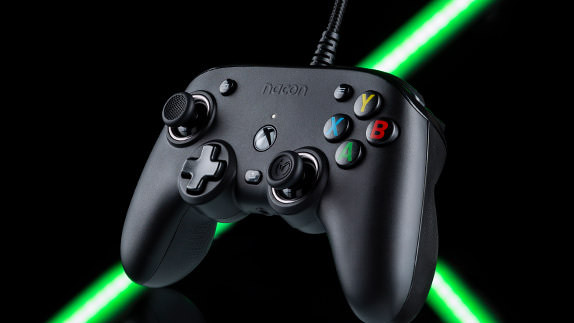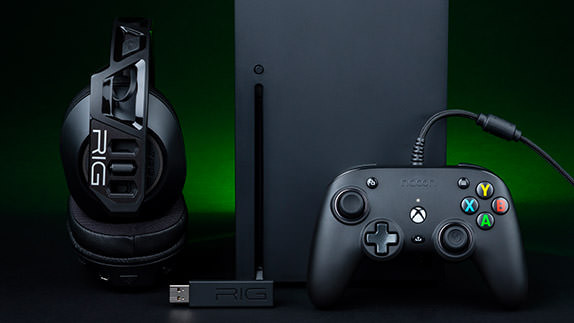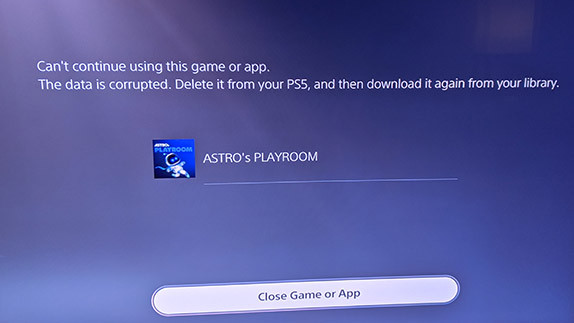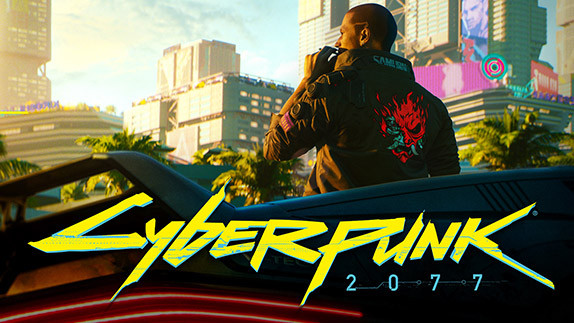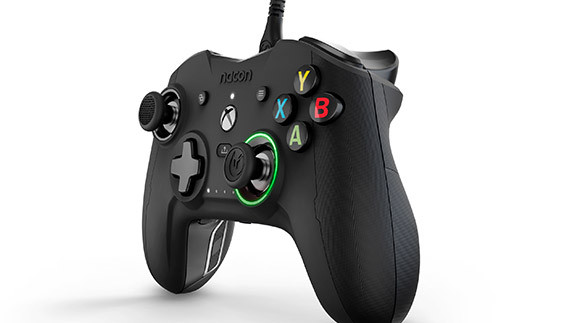Elite Dangerous Preview
 By Kevin Mitchell
Posted on November 4, 2014
By Kevin Mitchell
Posted on November 4, 2014
Not an overly well-known franchise in North America, the Elite series has seen three titles released already, with the original release dating back to 1984. The series can be credited with influencing some of the most popular PC games from my youth; Wing Commander and Freelancer. While many other games that put you in the pilot seat of a spacecraft, Elite has always put exploration and trading as in front of straight up combat. The fourth installment to the series, Elite: Dangerous, looks to succeed to creating an entirely immersive open world with infinite possibilities; just don’t dock in the wrong landing platform or accidentally open fire inside a space station.
Part of the original duo that started the series, David Braben leaned on Kickstarter in 2012 to help fund the long awaited sequel. For the past year, backers have been able to test out the various beta stages of the game. If you don’t want to deal with random players messing with your own private space adventure, you are able to play the game alone. The game world will still evolve just as it does online, but you won’t ever meet any other players. Considering the focus on interaction with other players, you won’t be experiencing everything Elite: Dangerous has to offer. The online world is alive with both computer controlled ships, other players, space stations that will be built in real-time, and other advancements to the universe.
As it was 20 years ago, you are given the freedom of what you want to do, although there are only a handful of different ways toearn necessary income. My first steps in the vastness of space took me through all of the available tutorials testing my basic combat skills, proper docking procedures, among other things. Mistakenly firing your handpoints (weapons) at a friendly ship or space station, and expect to find your ship to be a hunk of junk floating in space.
While docked at the starting location, the Azeban Orbital, you get a sense at how much there will be to do in the procedurally generated universe Frontier has created. Ships are fully dynamic, featuring over a dozen different systems that will need to be upgraded, replaced and repaired. If you are running out of credits, you can focus on the essentials until you earn enough credits. After a little incident with a small asteroid (not my fault), I spent most of my credits repairing the hull and life support systems, ignoring my now damaged weapons. Digging deeper into the Orbital station, I perused through the bulletin board, allowing me to pick up courier missions to earn some credits.
Each of the missions are limited to a set amount of time, so after spending a few minutes docked at the station, a handful of new missions appeared. The missions are divided by those that require a specialized cargo bay to those that can be picked up immediately without any modifications to the starting ship. The game wouldn’t be immersive if everyone had the same ship with the same basic visuals, so Frontier will have various paint jobs available to purchase on their website. This is in stark contrast to Chris Roberts’ Star Citizen, which features the actual spaceships for purchase outside of the game.
Traveling between the different star systems does take some time, and left me slightly disappointed. If you aren’t locked to a destination, essentially targeting where you want to go through your navigation system beforehand, you are able to travel within the current system at a faster velocity than normal. Even cruising at a high-rate of speed, it takes time to reach nearby locales. While jumping to different systems is much faster thanks to your jump drive, if there is anything in your immediate path, you are blocked from making the jump. Think of it as the Millennium Falcon trying to access hyperspace with the Death Star directly in front of it. I learned the hard way, when I wanted to access two nearby systems that required me to be on the other side of a massive planet. Trying to navigate around the planet proved to be cumbersome and time consuming.
Besides the offline combat tutorials where I destroyed barrels in an asteroid field and battled against training combat ships, I didn’t have any need to deploy my hardpoints, yet. Although Elite: Dangerous focuses on trading, combat will be a big part of the game, especially if you are looking to earn some credits by completing bounties.
While I haven’t had a joystick for the PC since the early 90’s, Elite: Dangerous may be the game that will put me over the edge and pull the trigger on a new Thrustmaster HOTAS setup. Currently, I have both tested the mouse and keyboard control scheme, as well as using a PlayStation 4 controller. Both feel responsive, but I will give the edge to a mouse and keyboard setup. Either way, you will want to print out the key mapping for the game ahead of time for easy access.
